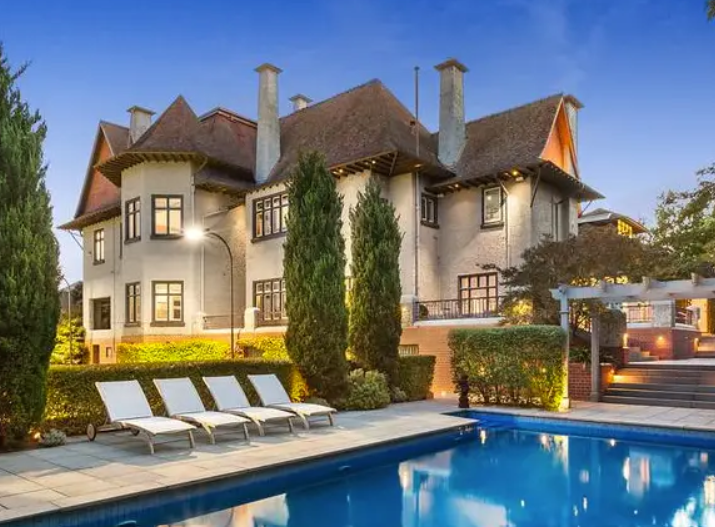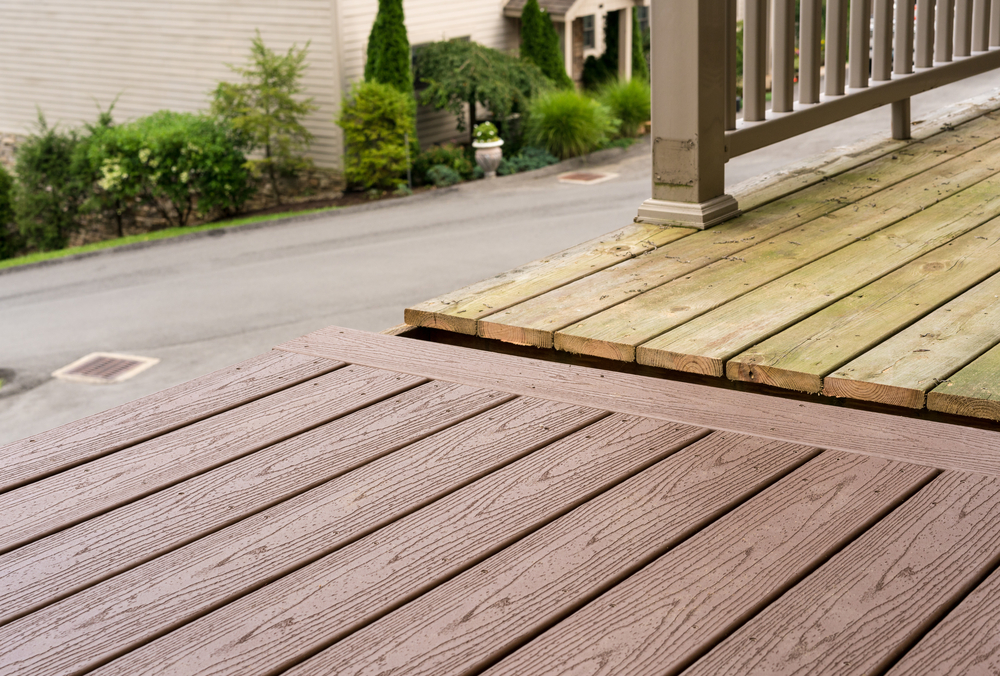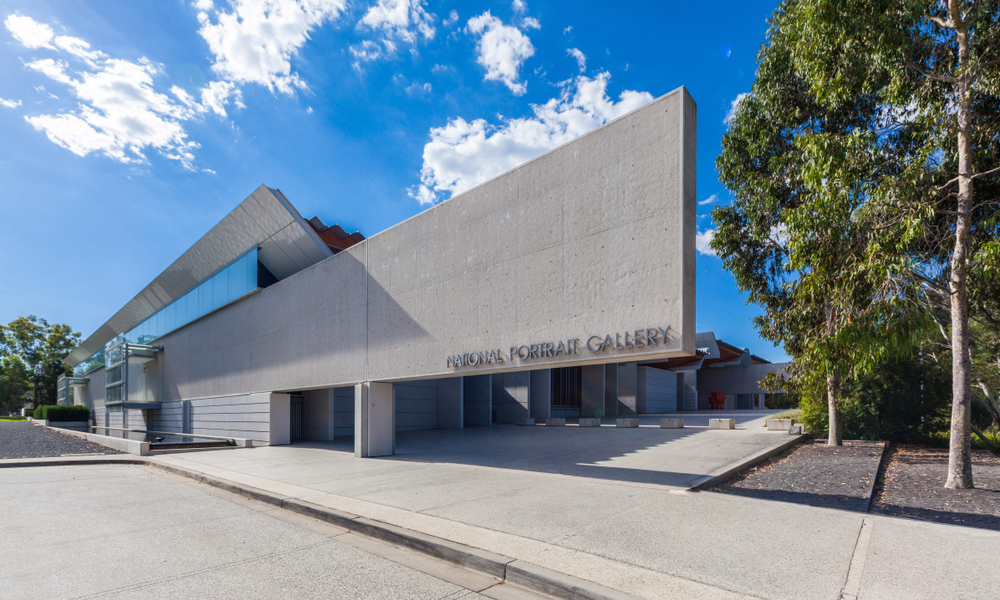The Arts and Crafts style of architecture originated in England in the mid 1800’s. Also dubbed the Arts and Crafts movement, this style of architecture was a reaction against the mass-produced items of the Industrial Revolution and the intricate and elaborate artforms of the popular Victorian style of art, architecture, furniture and design. The Arts and Crafts style was recognised as the first international modern architectural movement.
What is the Arts and Crafts Style?
The Arts and Crafts style is considered one of the most thoughtful and beautifully crafted architecture styles in Australian history. Emerging in Australia in the late 19th century, the Arts and Crafts style embraces handcrafted design and accessible materials. At the time, Arts and Crafts dwellings were considered unpretentious and informal focussing on comfort, functionality and highlighted the use of raw materials.
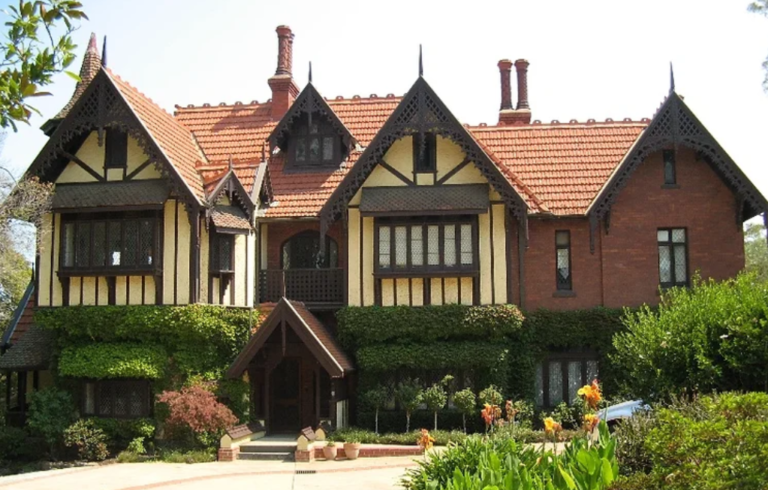
Characteristics of the Arts and Crafts Style
While the Arts and Crafts style values simplicity of design with open floor plans and lack of intricate carvings, there are many other characteristics that make this style unique. These include:
- Tall, tapering chimneys
- Dominant roofing – gables, medium to steep pitch and large overhanging eaves
- Roughcast wall buttresses
- Faceted bay windows
- Roughcast exterior walls
- Timber panelling and ceiling beams used in the interior
- Use of natural materials such as stone, brick and wood
This style of architecture can be found throughout Victoria in Melbourne’s suburbs and the regions. Homes built in the Arts and Crafts style back in the early 1900’s in Victoria were often built on large blocks giving a sense of grandeur and prestige. Many real estate agents have referred to these properties as priceless and irreplaceable. Great examples of Art and Crafts architecture are Toorak’s Glyn, Pastoria Homestead in the Macedon Ranges and East View in Heidelberg.
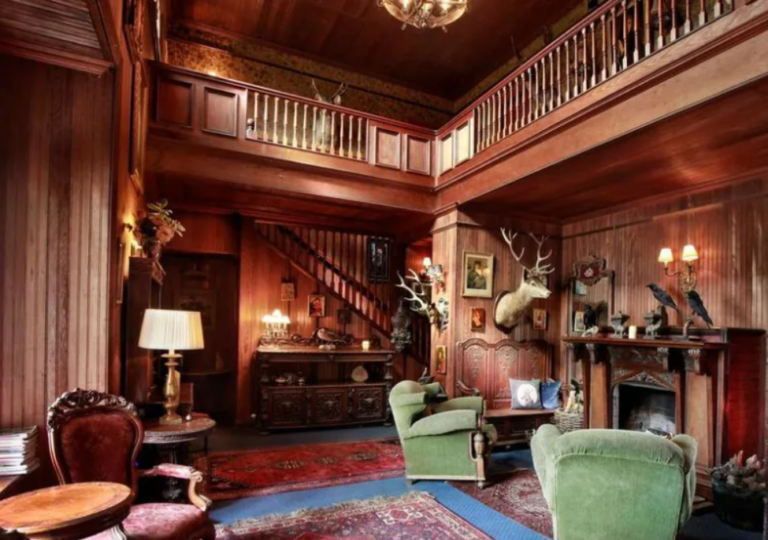
To discuss your architectural style options, contact the team at Lateral Building Design.

